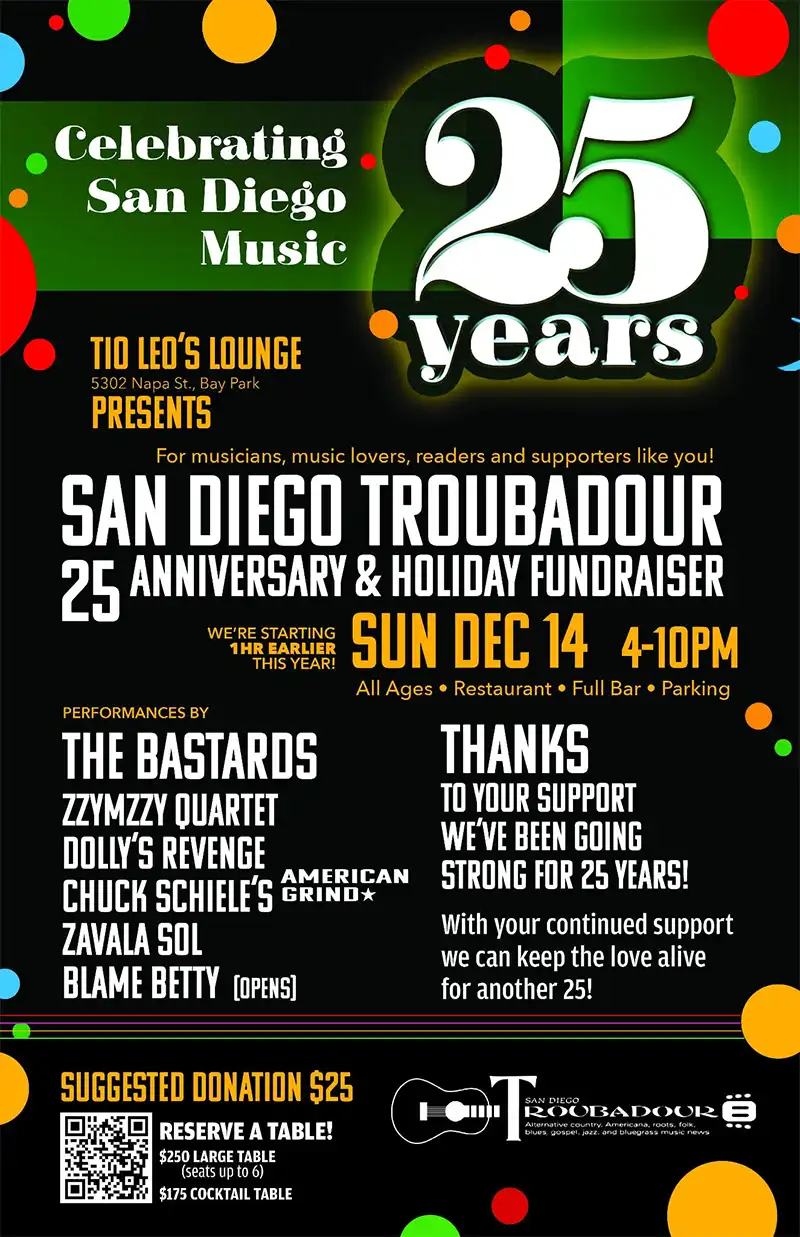Zen of Recording
A Bonus from Presonus, Part 2: StudioLive 16.0.2 Mixer
The worlds of recording and live sound are obviously closely related, but each maintains its own separate identity. The former may seem more calculated and detail oriented, while live performances are often seen as more “in the moment.” My personal view is that these elements exist in both situations to varying degrees, and a little time spent in each can bring a wealth of wisdom to the other.
For instance, time spent in the recording studio learning where certain instruments “live” in the audio spectrum can help you track down problematic frequencies more quickly in a live mix, allowing you to focus more on highlighting the performance itself.
Live situations, on the other hand, will definitely hone your problem solving skills. If something goes wrong in the studio: a few people are inconvenienced yes, but only a few people. An event with 300 wound-up fans anxiously waiting however, is an entirely different beast!
While PreSonus’ (www.presonus.com) new StudioLive 16.0.2 Digital Performance and Recording Mixer ($1,299.95) sets a new standard for portability and situational flexibility, my studio has come to look upon it as simply the best firewire recording interface with more than eight channels available anywhere near this price range.
I know that’s saying a lot when you consider the myriad of them available, but remember: we’re talking about a mixer here. This unit offers not only the ability to capture and deliver audio to your favorite recording software, but also to optimize and sweeten its signal along the way via the gorgeous sounding “Fat Channel” processing available on all channels. Add to that the ability to set up multiple monitor mixes two integrated FX processors, a 31-band Master EQ section, scene recall, and the ability to edit parameters remotely via your iPhone or iPad and its value increases exponentially.
With a surprisingly small footprint (this thing is only 15.56″ x 16″!) the StudioLive 16.0.2 still finds room for 12 of PreSonus’ great sounding XMax mic preamps and I’ve grown to love their sound. Very open and detailed with a slightly aggressive upper midrange when pushed. Some might say they’re slightly “British”-sounding. There is also an additional mic pre provided for the talkback mic, so you don’t lose a channel to communication purposes (nice!).
Faders cover channels 1-8 followed by four stereo ones for 9/10, 11/12, 13/14 and 15/16. As I have a few vintage mic pres I rely upon, I found no problem using one of the two ¼” balanced inputs each of those channels provides. Those wishing to connect iPhones or CD players will be happy to discover the RCA inputs provided on the last two stereo channels. There are also four aux faders, which can provide up to four mono or two stereo monitor mixes, as well as a master fader.
The layout is sheer genius in simplicity and I must admit I thought it would take me much longer to find my way around it than it actually did. Rows of illuminated buttons allow you to navigate the board easily in outdoor or low-light situations and their layout is both intuitive and easy to follow.
Trim level knobs line the top of the mixer, just above a multi-use LED display array. To its left are buttons for selecting different Encoder modes, labeled: EQ (to access the 31-band master graphic EQ), FXA, FXB, and Auxes 1-4 (to access the individual channel sends for each aux mix).
Above each fader is a blue “Select” button, which is located below a corresponding multimode button for Mute, Solo, and engaging the firewire return for each channel. To the left of the faders are four yellow “Meter” buttons that select from “Input,” “Output,” “Gain Reduction,” and “Fader Locate” for LED readout.
The real star of this show without question is the Fat Channel, which can be accessed as easily as pressing a channel’s blue Select button. There are easy-to-access rotary knobs beneath each LED “stack,” giving you immediate visual interaction as you edit the High Pass Filter Frequency (for cutting mic stand vibrations, tightening kick drums, etc.). The Noise Gate Threshold worked great on both toms and noisy guitar amps, with a nice “soft action” that reduced noise without completely turning off the signal, when desired.
I’ve always been a fan of the compression circuit in my PreSonus Eureka preamps, so it took a while to adjust to the sound of StudioLive’s compressor at first. Eventually, I found its own sweet spots and discovered some really creative things that it was capable of. It has controls for Threshold, Ratio, Response (manual or auto), and a post-compression “Makeup Gain” level. These allowed me to get some brutally thumping kick-drum tracks, as well as some beautifully sustaining dobro parts (especially when coupled with the Limiter circuit that follows it). The EQ section is irresistibly sweet, with selectable bell or shelving-type Highs and Lows and Mids with selectable high/low Q”. A Wurlitzer electric piano sounded so bell-like it was actually mislabeled “Glockenspiel”!
There are also buttons for “Phase” and “Phantom Power” as well as “Copy,” “Load,” and “Save” that actually let you steal or share settings from other channels or scenes.
Scenes (snapshots of the current mixer settings), as well as the parameters for the FX and system settings are all addressable via the “Digital Effects | Master Control” display at the board’s upper right.
Did I mention that this is a 16-Channel firewire recording interface?
Not only are you able to apply the Fat Channel processing to the audio in real time, you can also choose whether to “print” that processing to the audio sent to your computer via firewire.
Unfortunately the FXA and FXB processors can’t be printed (without a bit of a workaround), as they seem mostly intended for live or monitoring use. You can record the main bus instead of channel 15-16, so you could print with effects that way. Kind of a bummer really, because many of these reverb and delay effects sound uniquely vibey and I would’ve liked to have kept them with the sound. Hopefully, this can be addressed in a future firmware upgrade.
I’ve set up two stereo aux mixes and can already see how much more the musicians are really enjoying what they’re hearing in their headphones (with no audio latency monitoring issues), resulting in better performances and a more relaxed atmosphere overall. The ability to solo instruments without interrupting the flow of the music means that I can set up while they warm up, ready to capture the music as it happens!
Speaking of capture, StudioLive comes with an assortment of software, including Studio One Artist (see last month’s review) and Capture, which does exactly that: it captures multi-track audio for subsequent editing in your favorite DAW.
Fully featured, intuitive, and great sounding are ways I’ve used to describe both the StudioLive 16.0.2 mixer and the Studio One 2 digital audio workstation. Their incredibly high audio quality, ease of use, and portability all but ensure a deeply loyal and ever-growing legion of users. I will definitely count myself among them.
Sven-Erik Seaholm is an award-winning independent record producer, performer and recording artist. His album, Seaholm Mackintosh’s Monarchs is nominated for Best Pop Album at the San Diego Music Awards; he performs at Swedenborg Hall on August 19.






